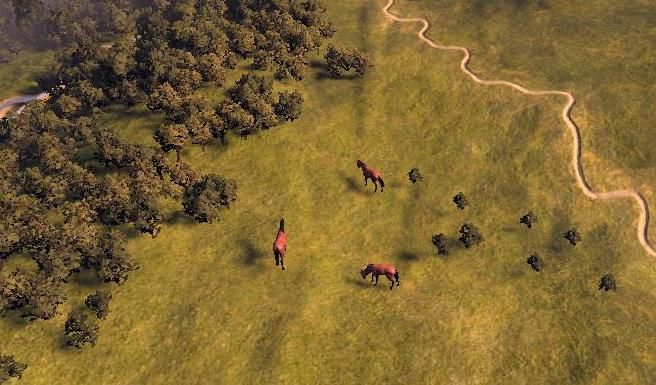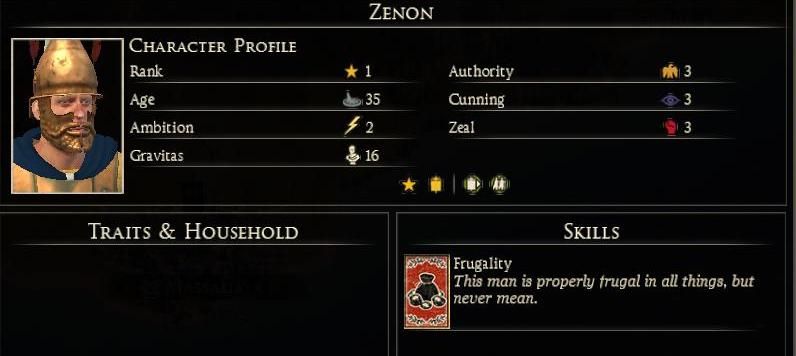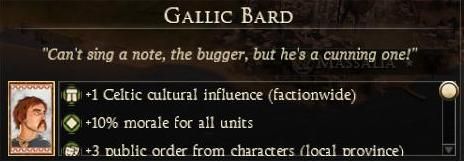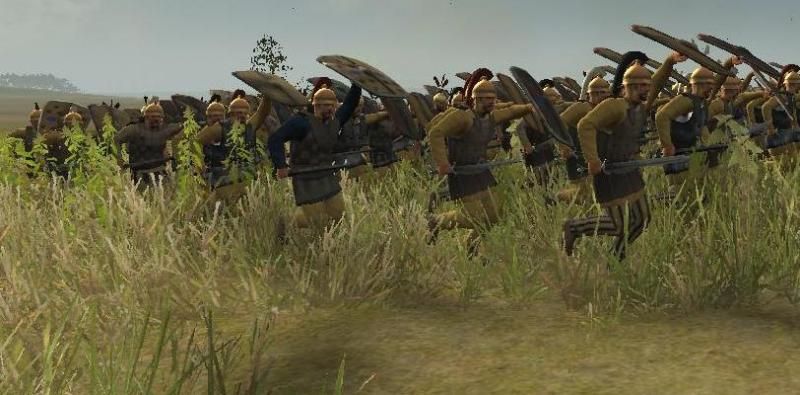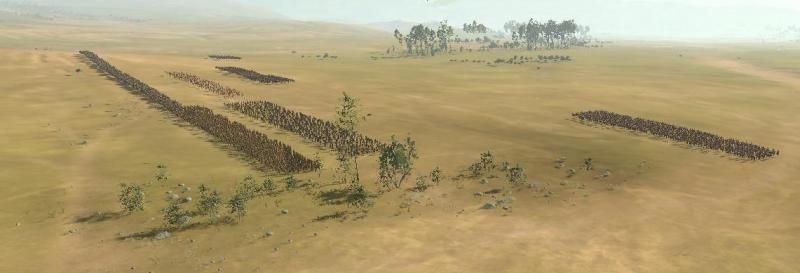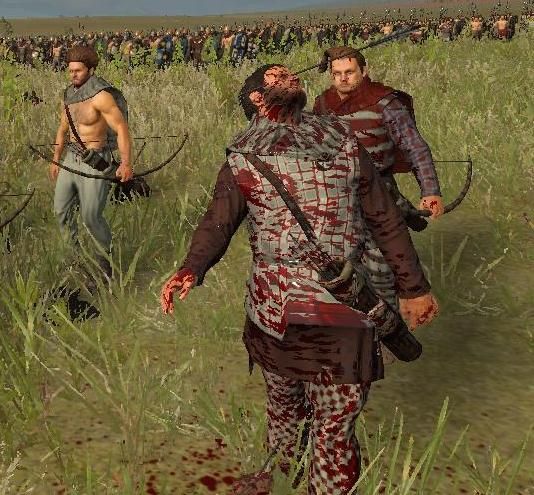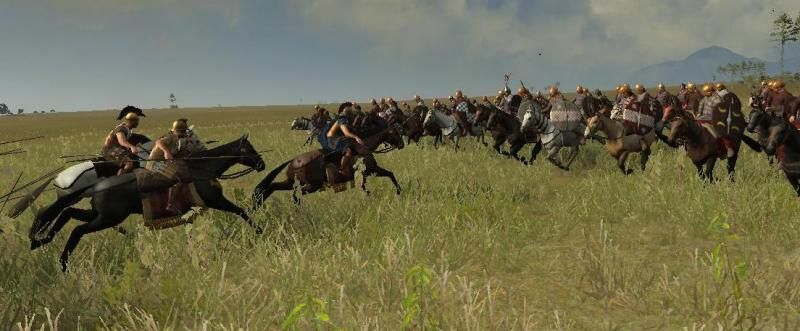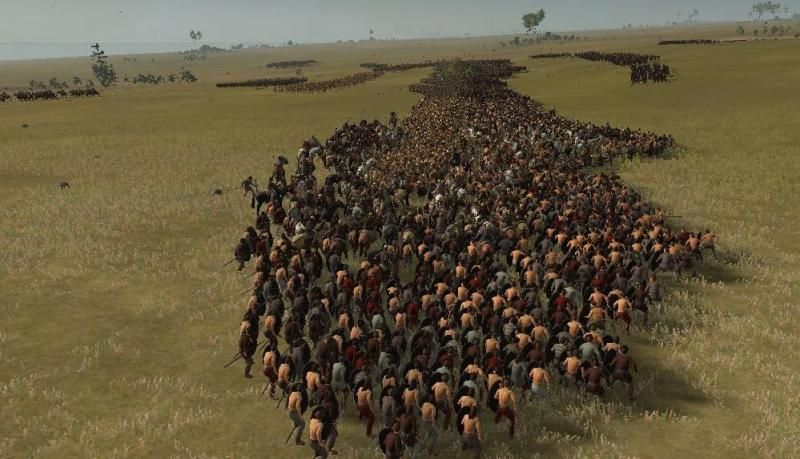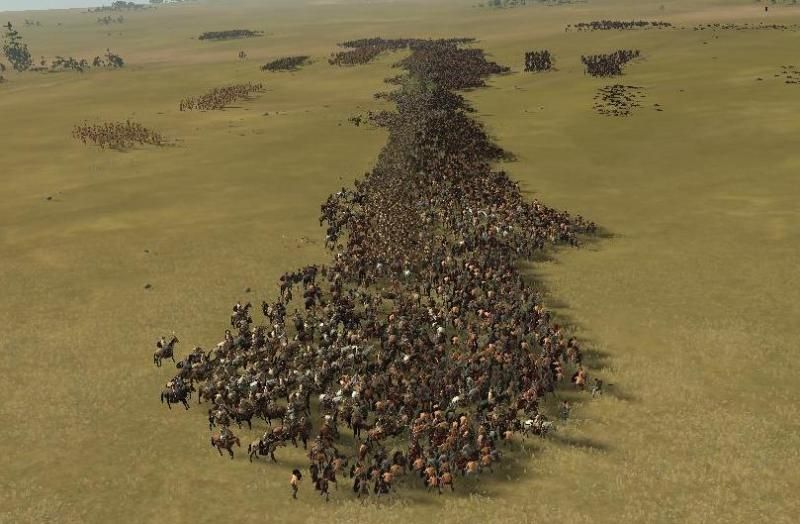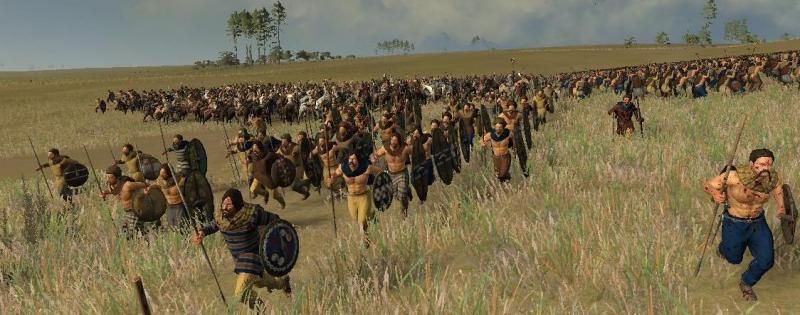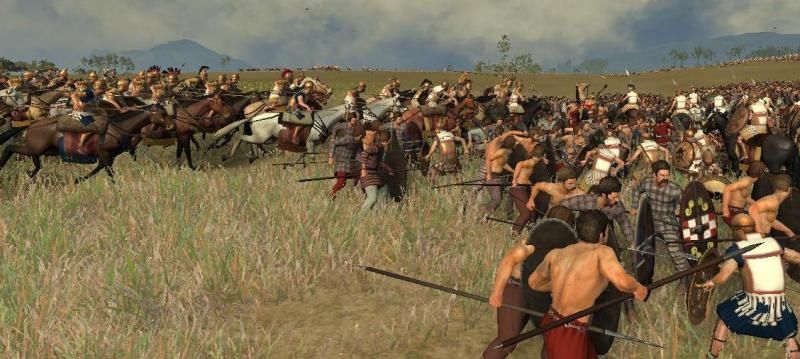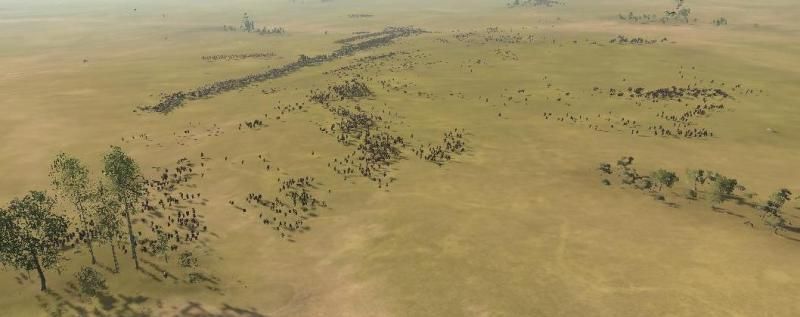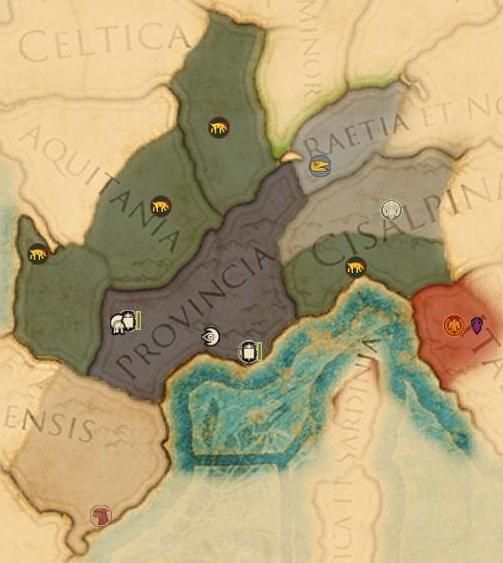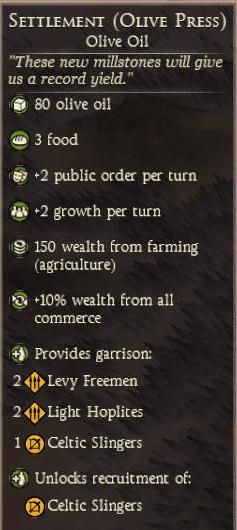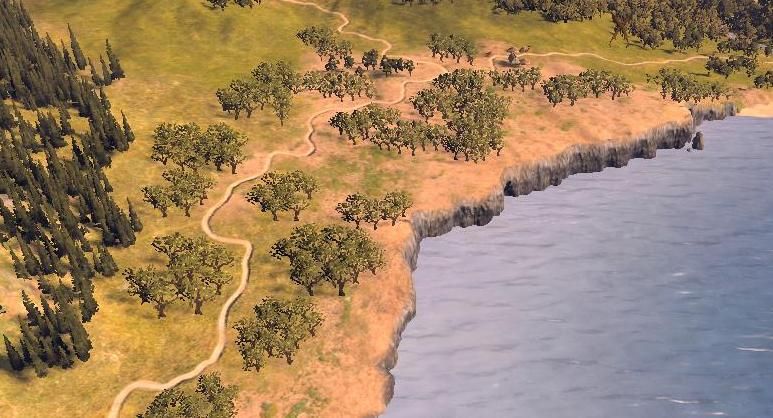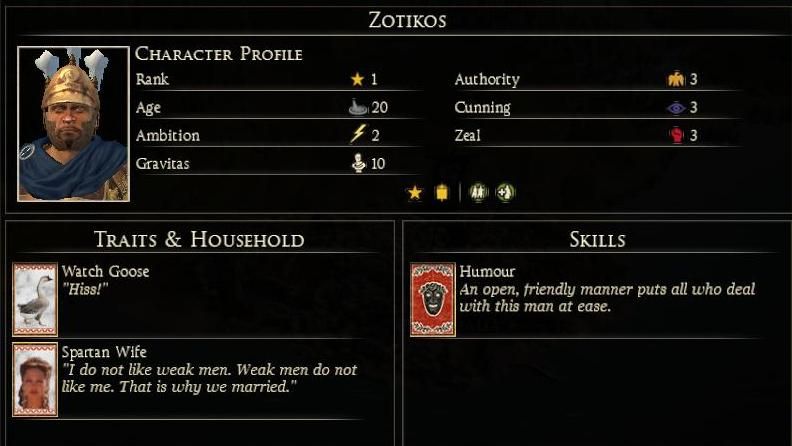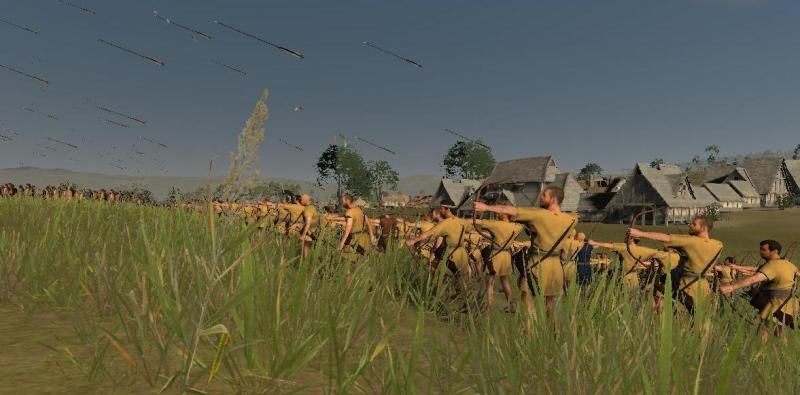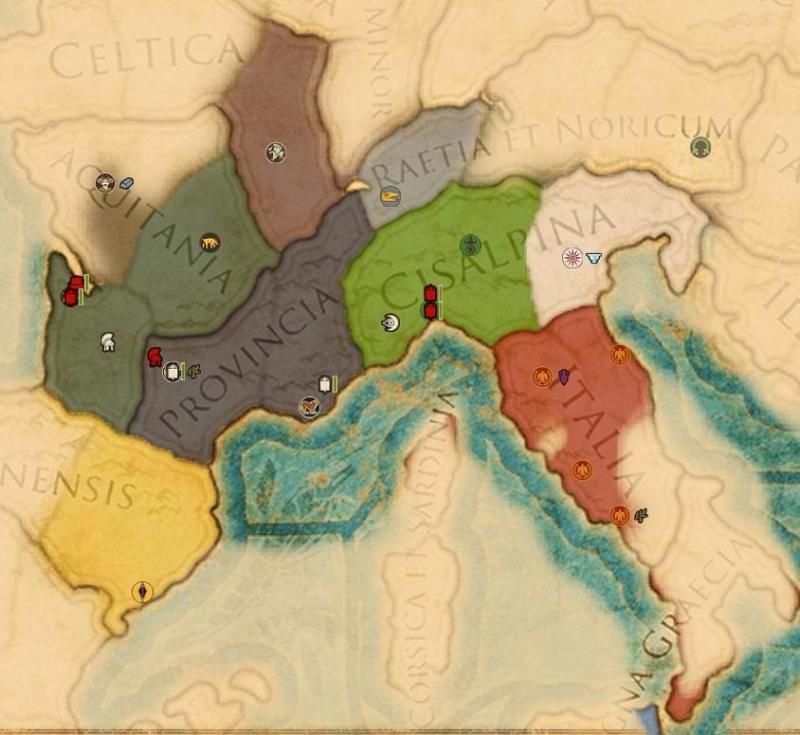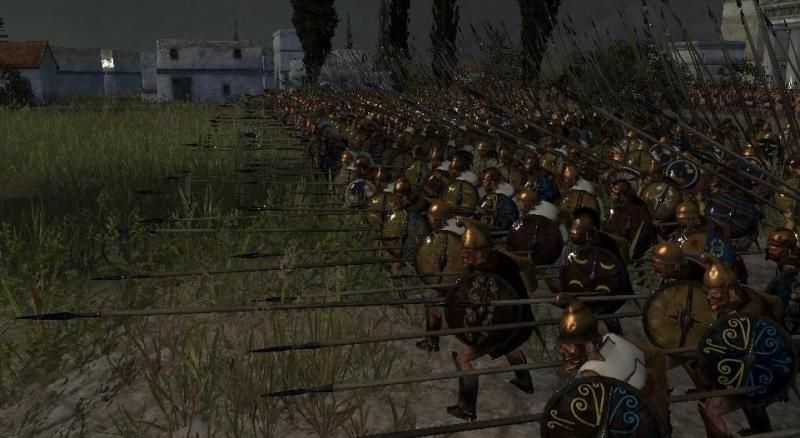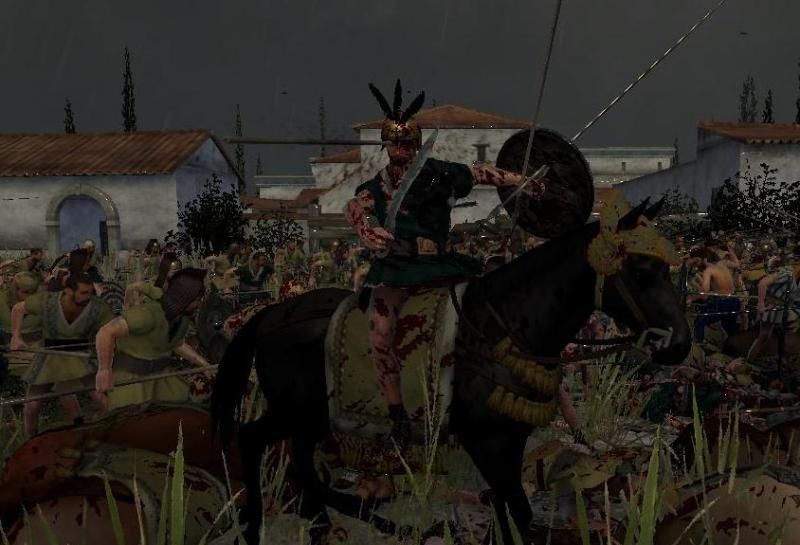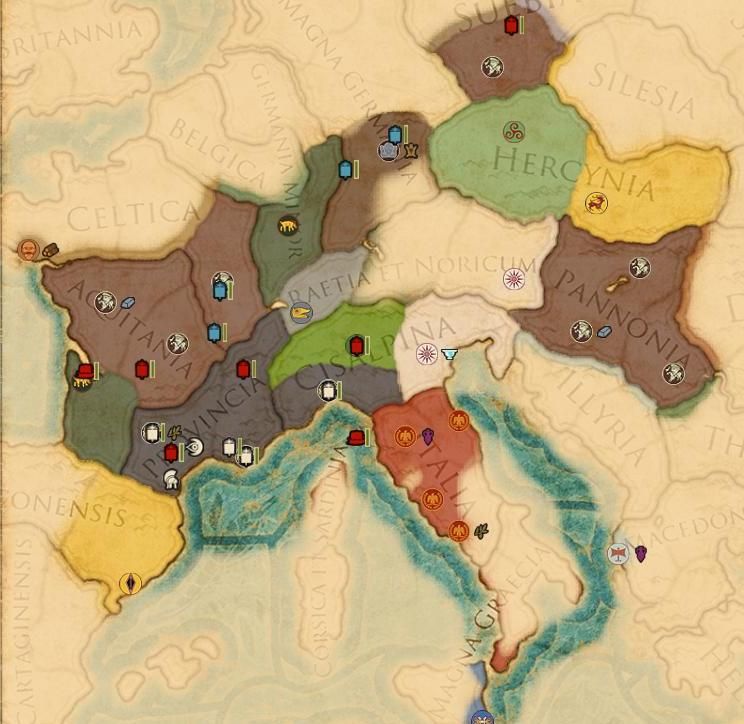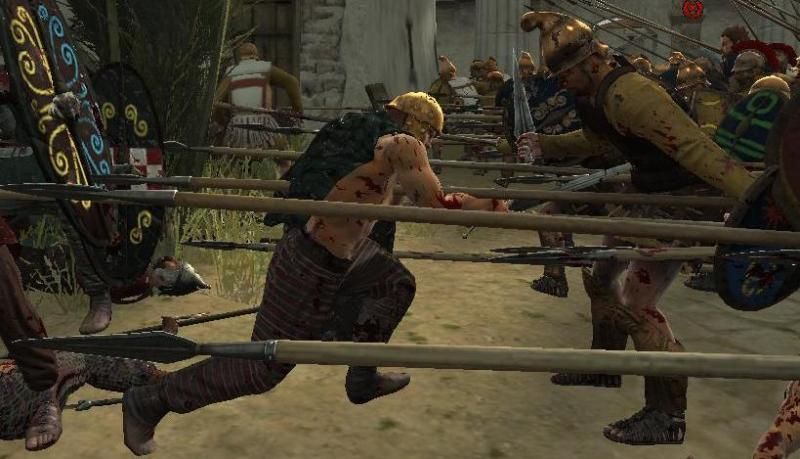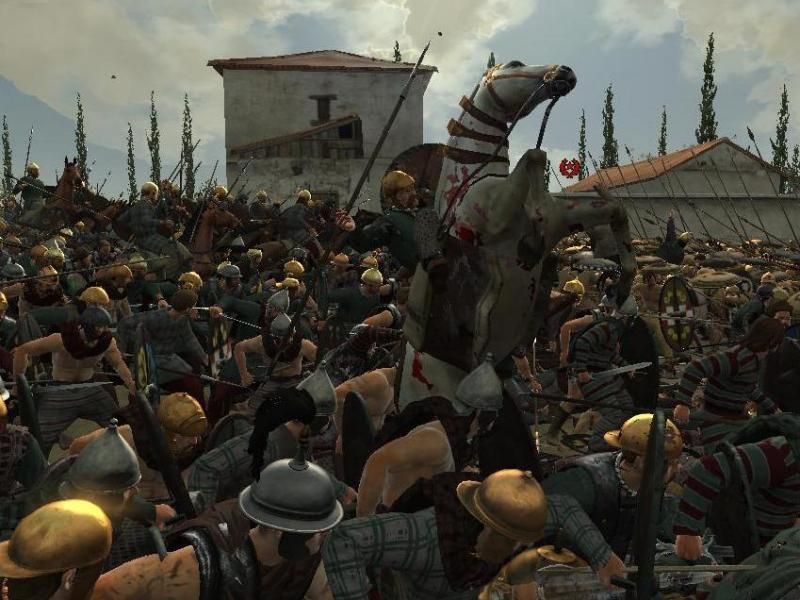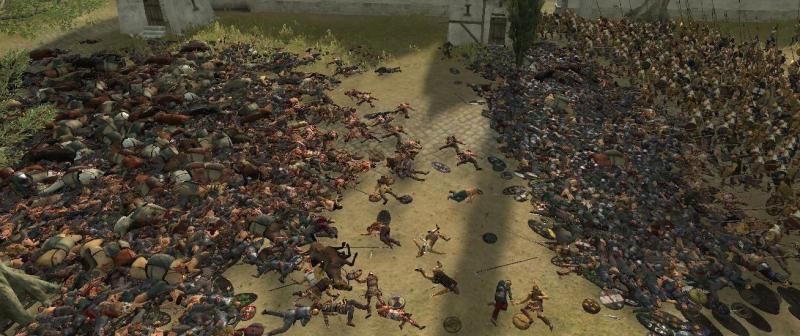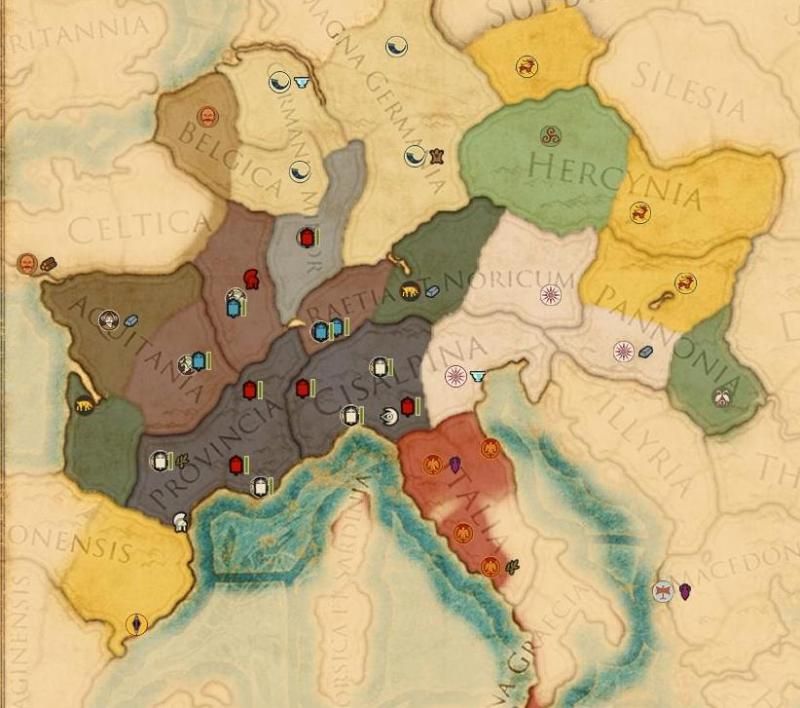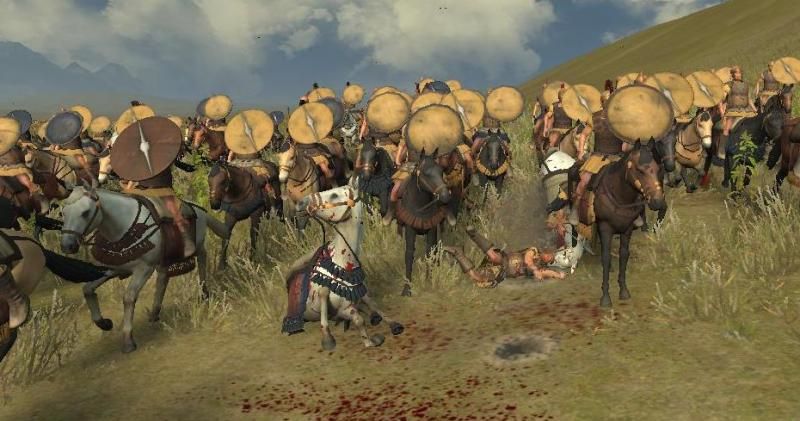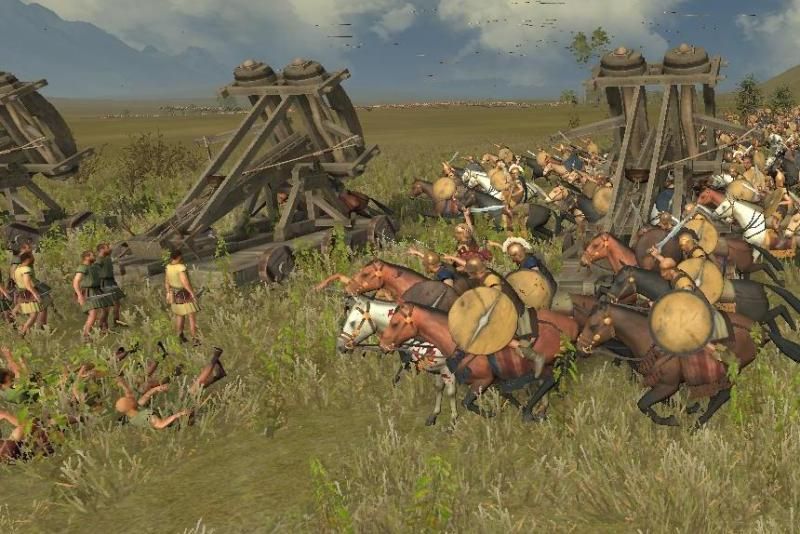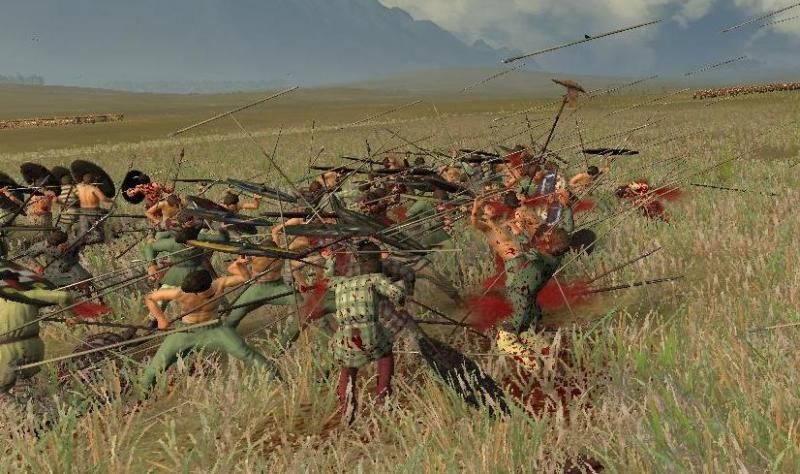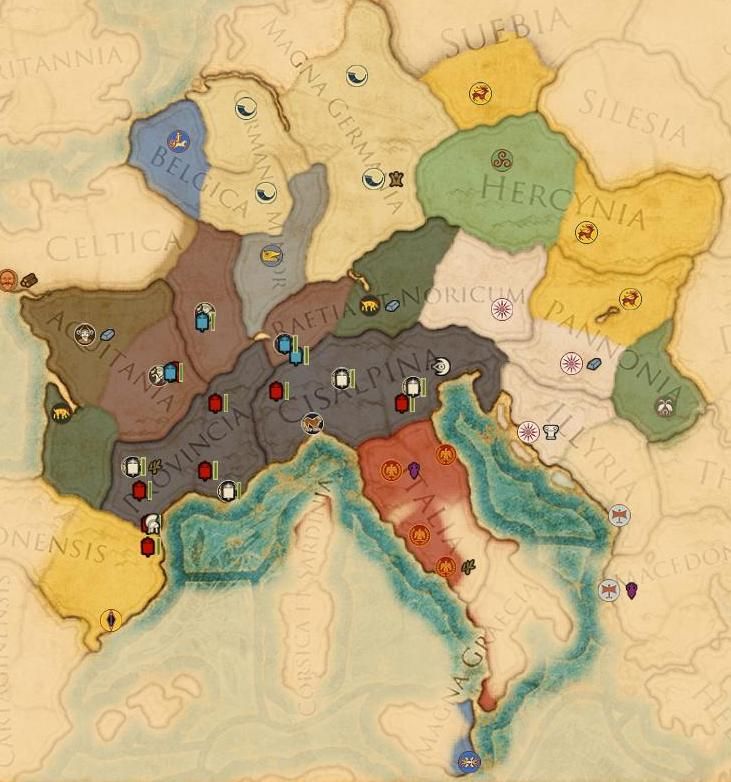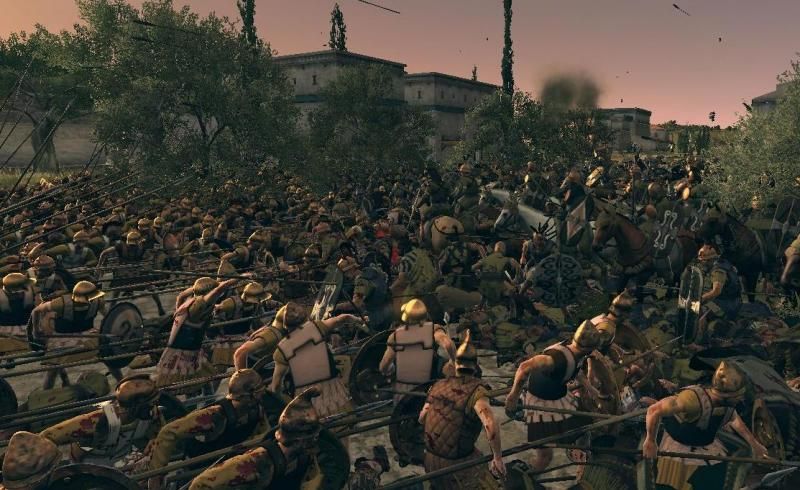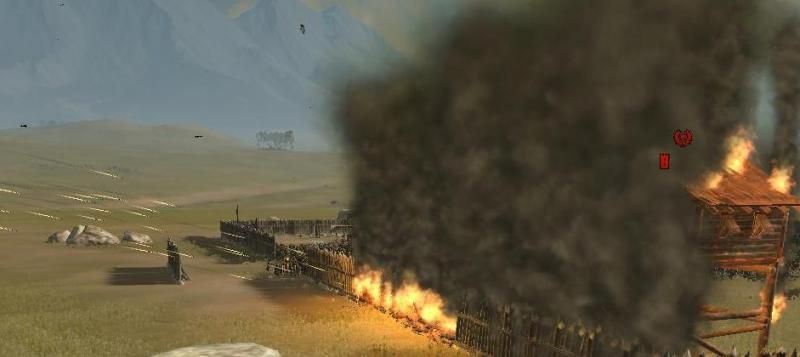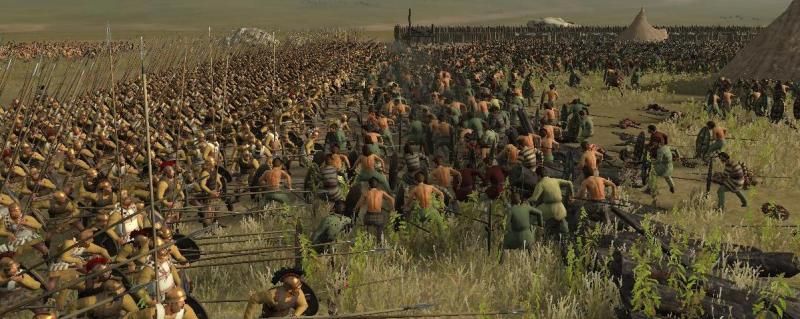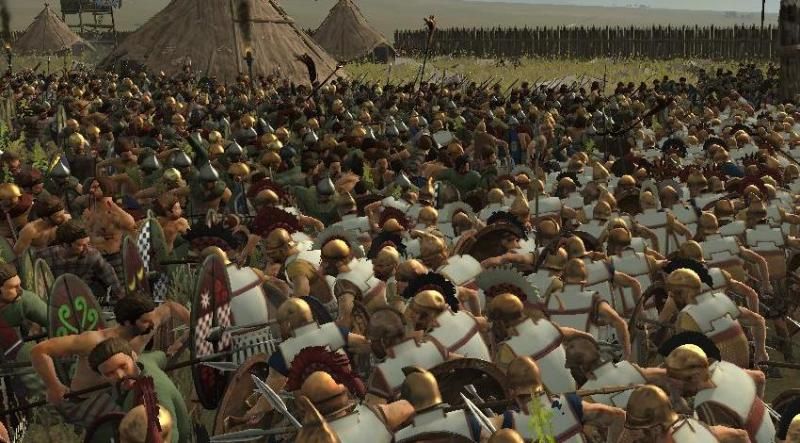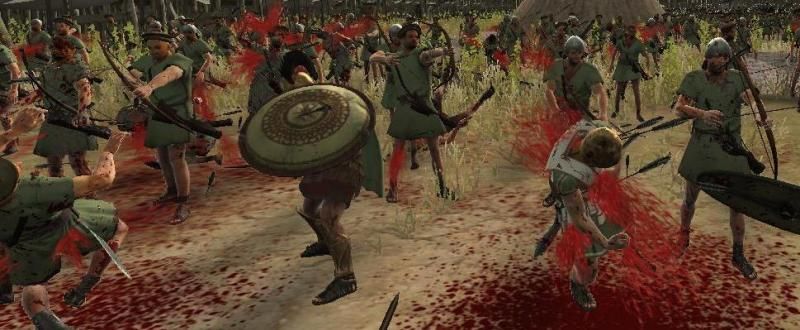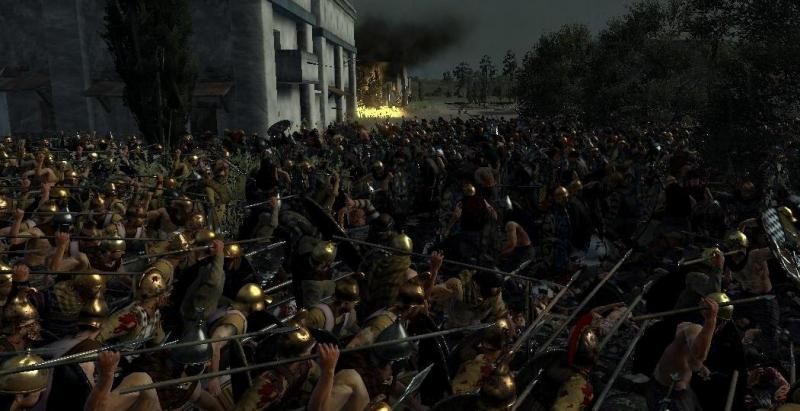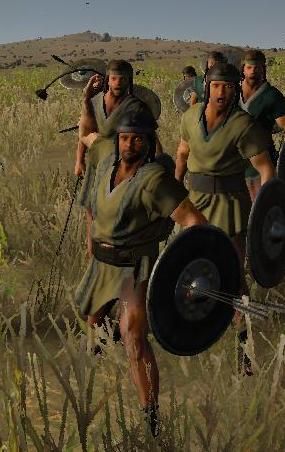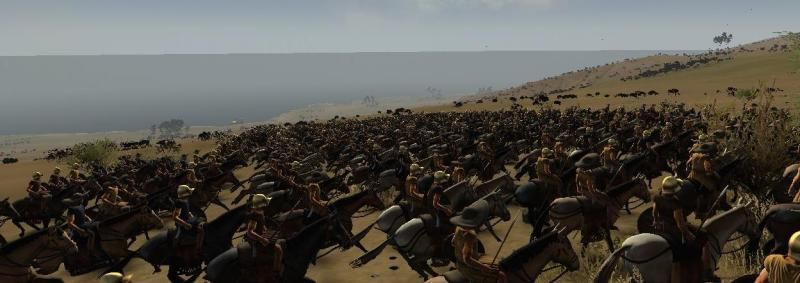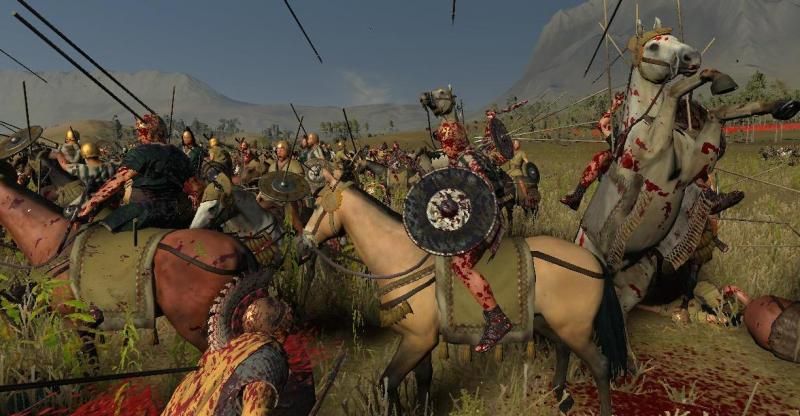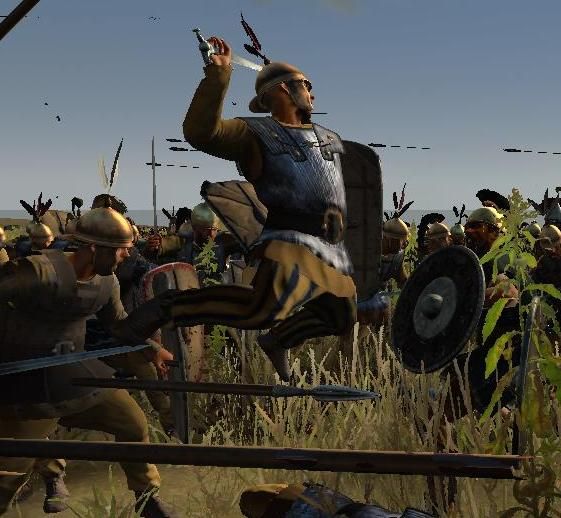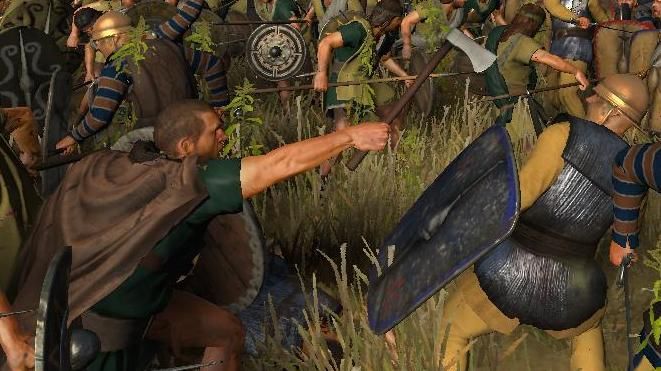A History of Massalia
By: Chirurgeon
Introduction
I would like to thank the countless modders that have worked tirelessly to make a great game even better. Since the Emperor Edition of this game emerged it is truly a different game. The AI is smart, plans its attacks well, and does its best to undermine you every step of the way. To get treaties you have to establish yourself as a faction that isnít going to be absorbed. All in all the game is radically different than this time last year.
The mods I am using include:
Radious Total War Mod: By far the most comprehensive, often maintained, and common sense mod out there. It really is something I could not do without.
Talents Traits and Toadies: This mod makes roleplaying incredibly rewarding and gives your generals a real personality. It makes leveling up of armies and generals truly worth it and it can be tweaked to make your characters good generals or good governors.
Mackles Mod: This removes barbarian artillery. Simply put it just seems out of context for various Barbarian factions to come to battle with engines of war.
ANS4ís Battle Camera: This essentially gives you the freedom to zoom all the way down and quite high as well. It is also one of the few camera mods I have found that is updated to reflect changes in the game through patches
Guaranteed Major Faction Empires: This is a mod I have been experimenting with for several weeks now. It essentially alters the autoresolution so that major factions are stronger than smaller ones. However it occurs in the fog of war. If a major faction is next to your kingdom, and you can see them fight minor factions, battles are resolved automatically in the vanilla fashion. Also this mod does not change the autoresolve when major powers collide. In my experience Rome has become stronger and more expansionist. I have not played far enough to know what happens later. Minor factions are seemingly gobbled up in a land grab by Major powers.
Army Strength Bar Mod: Makes it so you can see the bar to the side of the flag and still have a 40 stack and see the faction symbol. Yes I have edited the game so that everyone has 40 stack max armies. This makes battles less often but are larger. It also puts more at stake. If you lose you are looking at several years to replace a 40 unit army. I can tell you that since the game has improved and the AI is better it is a real possibility that you can lose an entire army. Enemy agents paralyzed one of my armies and their stacks pummeled me and I could not retreat. Suddenly I was losing territory and income and scrambling to survive.
Radiousís Playable Factions: How I was able to play as Massalia
Sell Your Slaves 2: A very novel Mod that allows you to sell your slaves through an edict for a few turns to rake in cash. It is balanced as it decreases other things during the Edict. Very useful if you start having issues with an unhappy populace.
So those are the mods I will be using in the campaign and I have play tested them fairly extensively. Here are house rules:
No movement during winter. Armies will go into winter quarters either next to a city or next to one of the many villages that are scattered throughout the campaign map. They can also be encamped next to a river. If in a desert, The summer will be a time of being in camp. Must be near a river or city or a village on the campaign map. If it is a mild year round climate(no snow in winter and no desert attrition), then it will be possible to move year round. If I do get stuck someplace and cannot make winter/summer quarters I will delete a few units to represent attrition
Instead of agents poisoning things I will roleplay it as plague, flux, dysentery or other nasty diseases that kill large groups of people in cramped conditions.
Each Province will need to have a governor with a garrison.
If besieging a settlement and the siege lasts past the winter/summer(depending on the climate) I will delete a few units to represent attrition
For politics I will simulate an elected leader from the 600 Aristocrats that governed the city. I will attempt to use external events to drive the mood of the Aristocrats and they type of leader they will elect. Then I will tweak that leader into being a dove or a hawk.
Well that is it for now. Will post the first chapter soon!





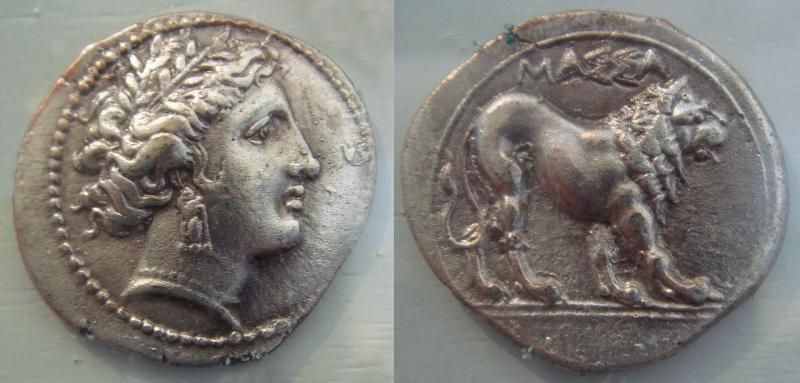

 Reply With Quote
Reply With Quote























